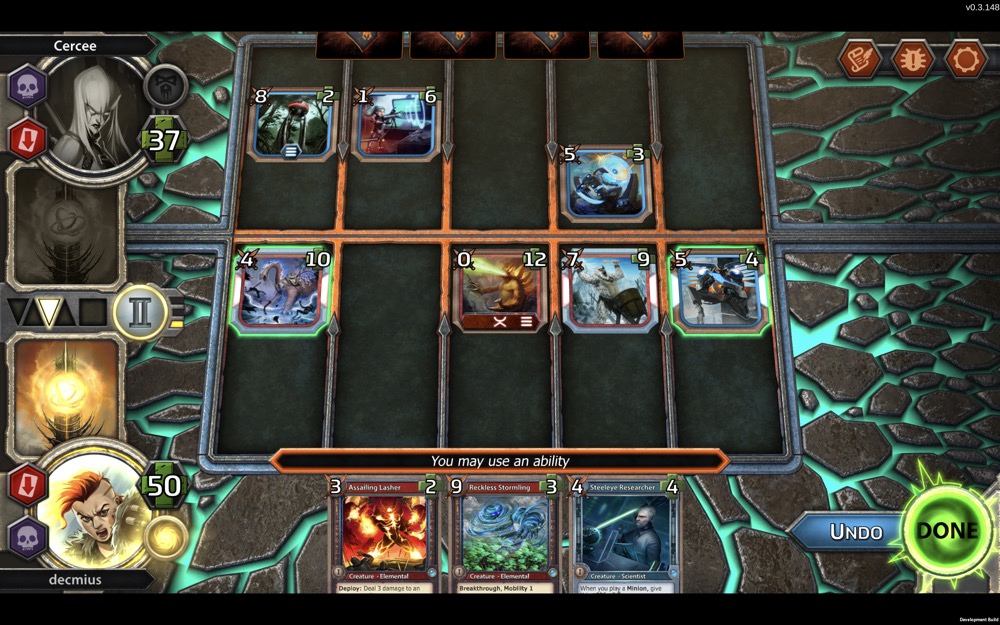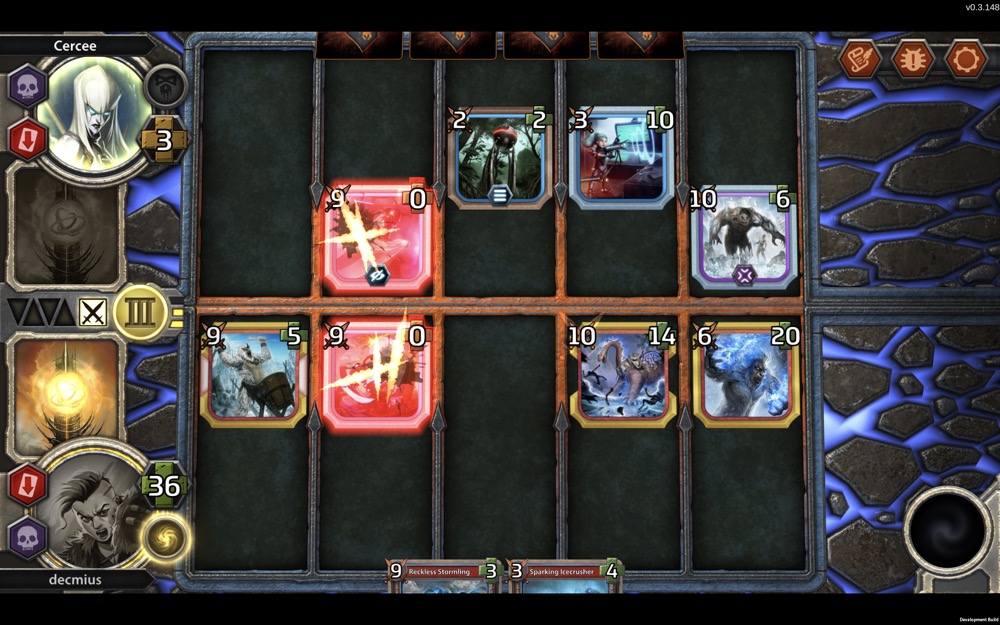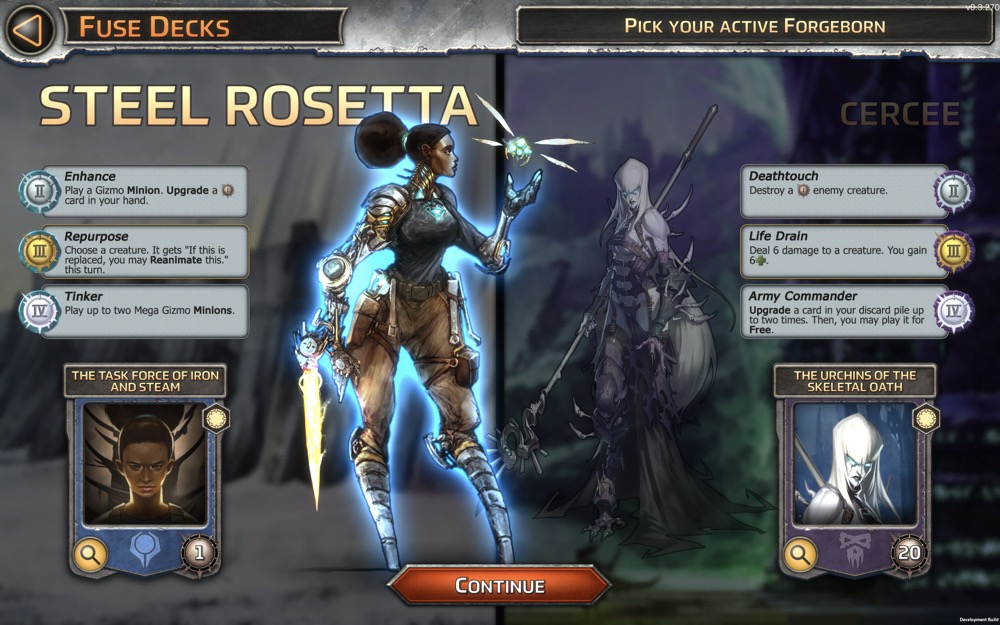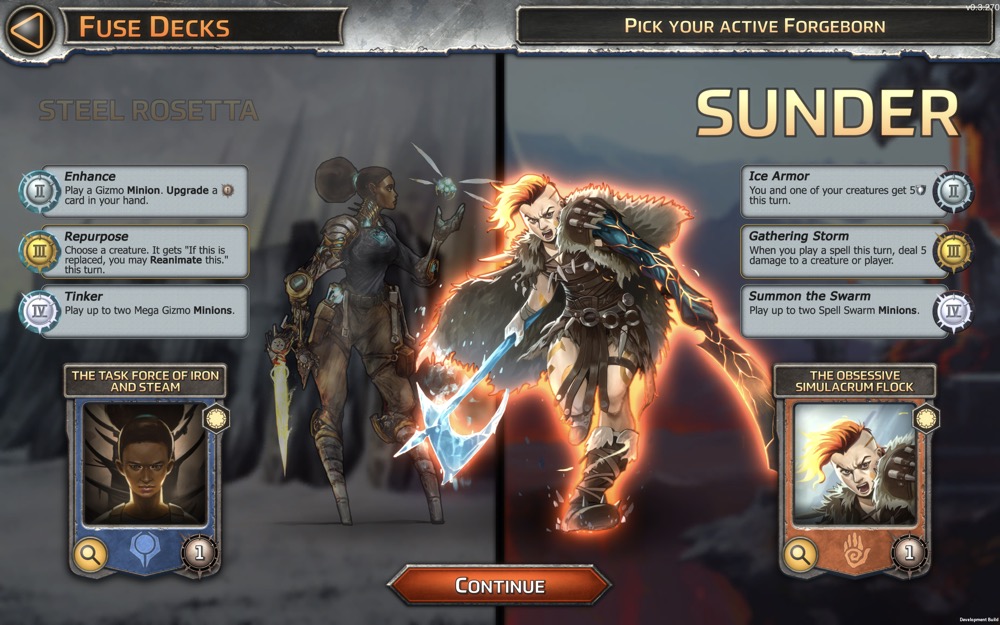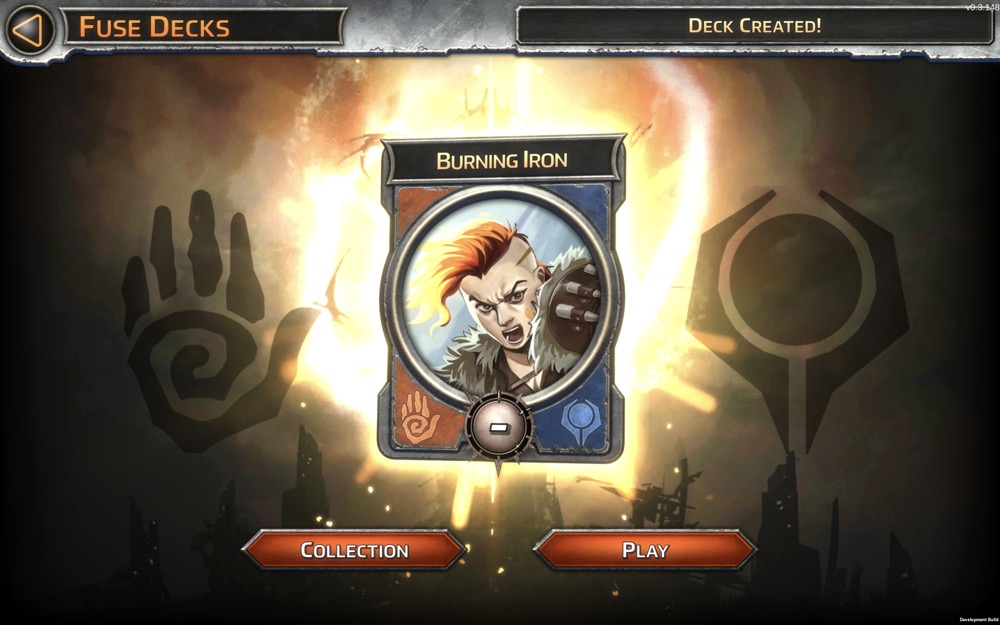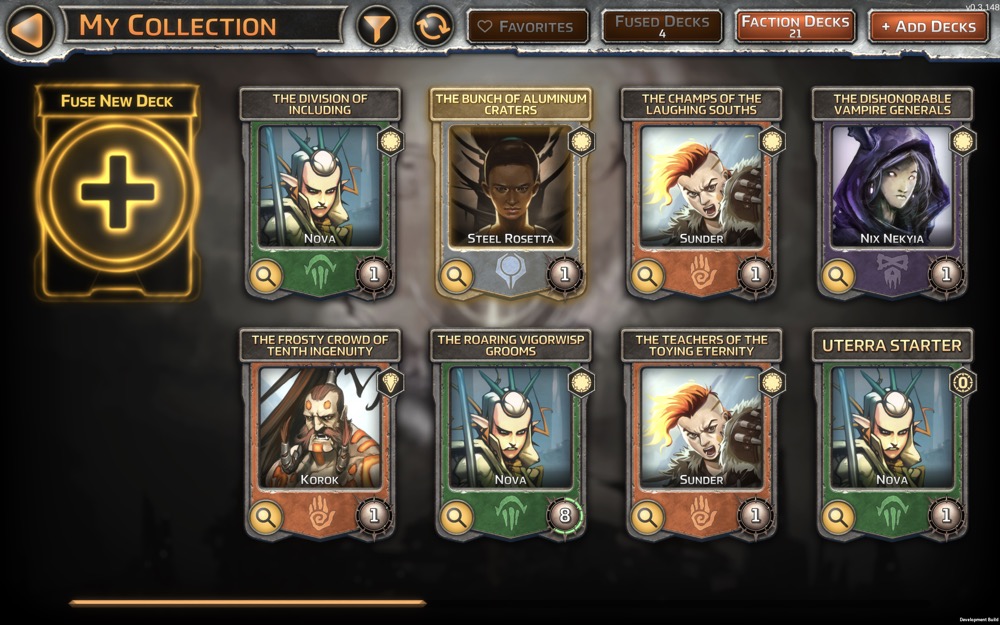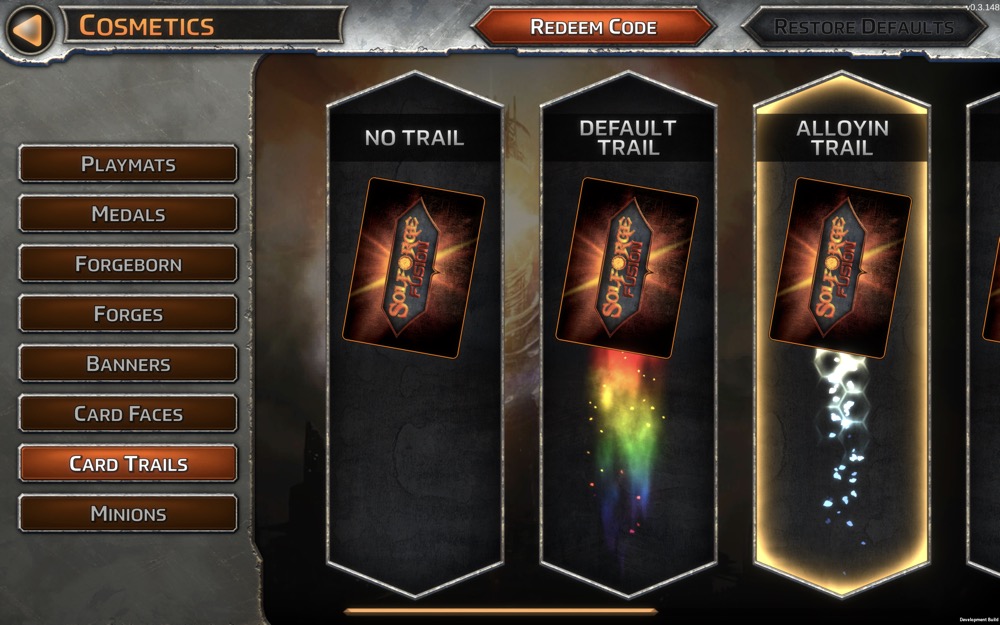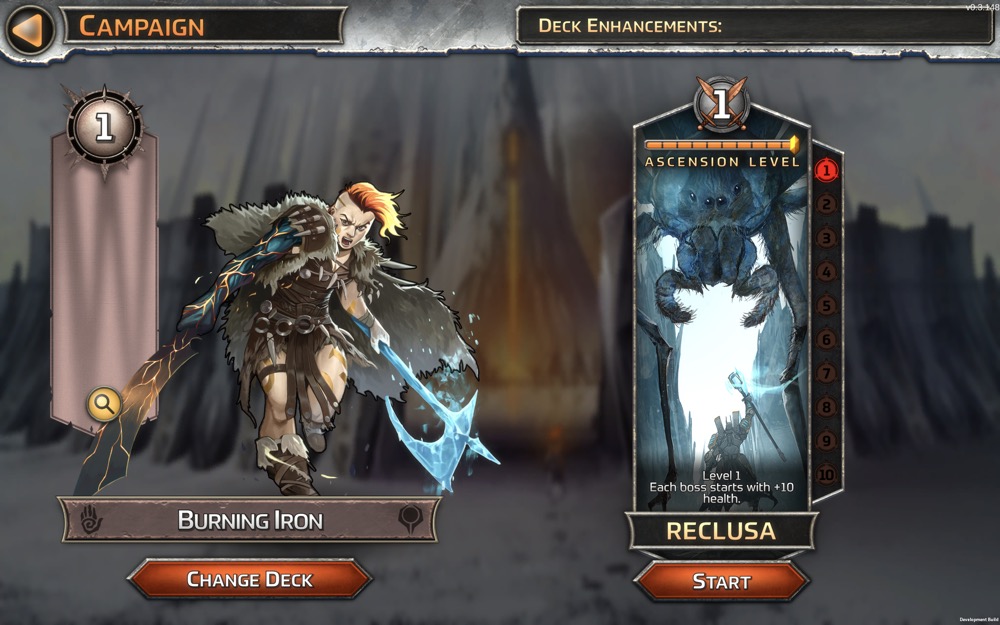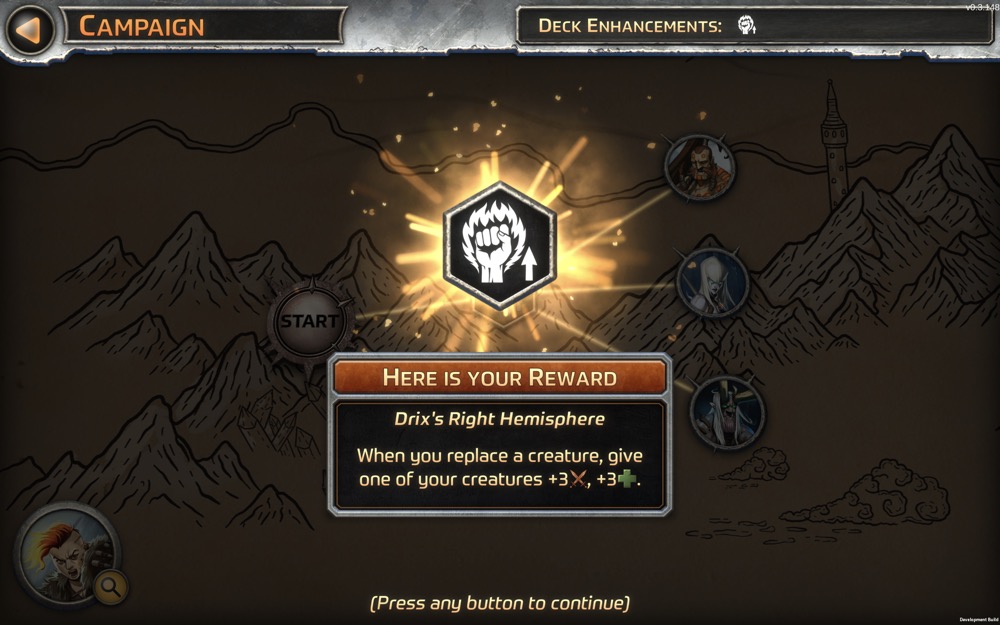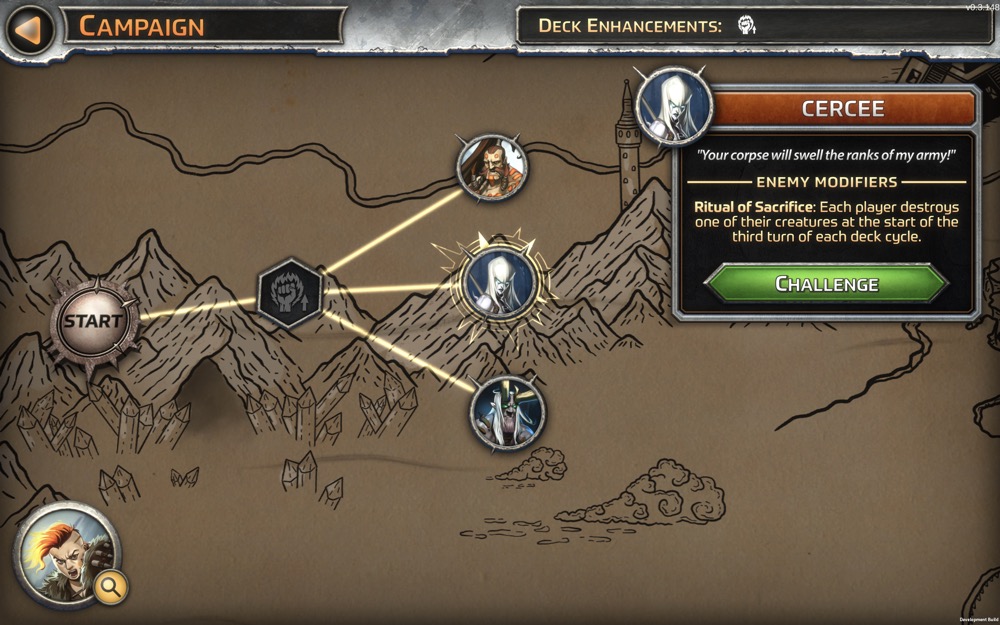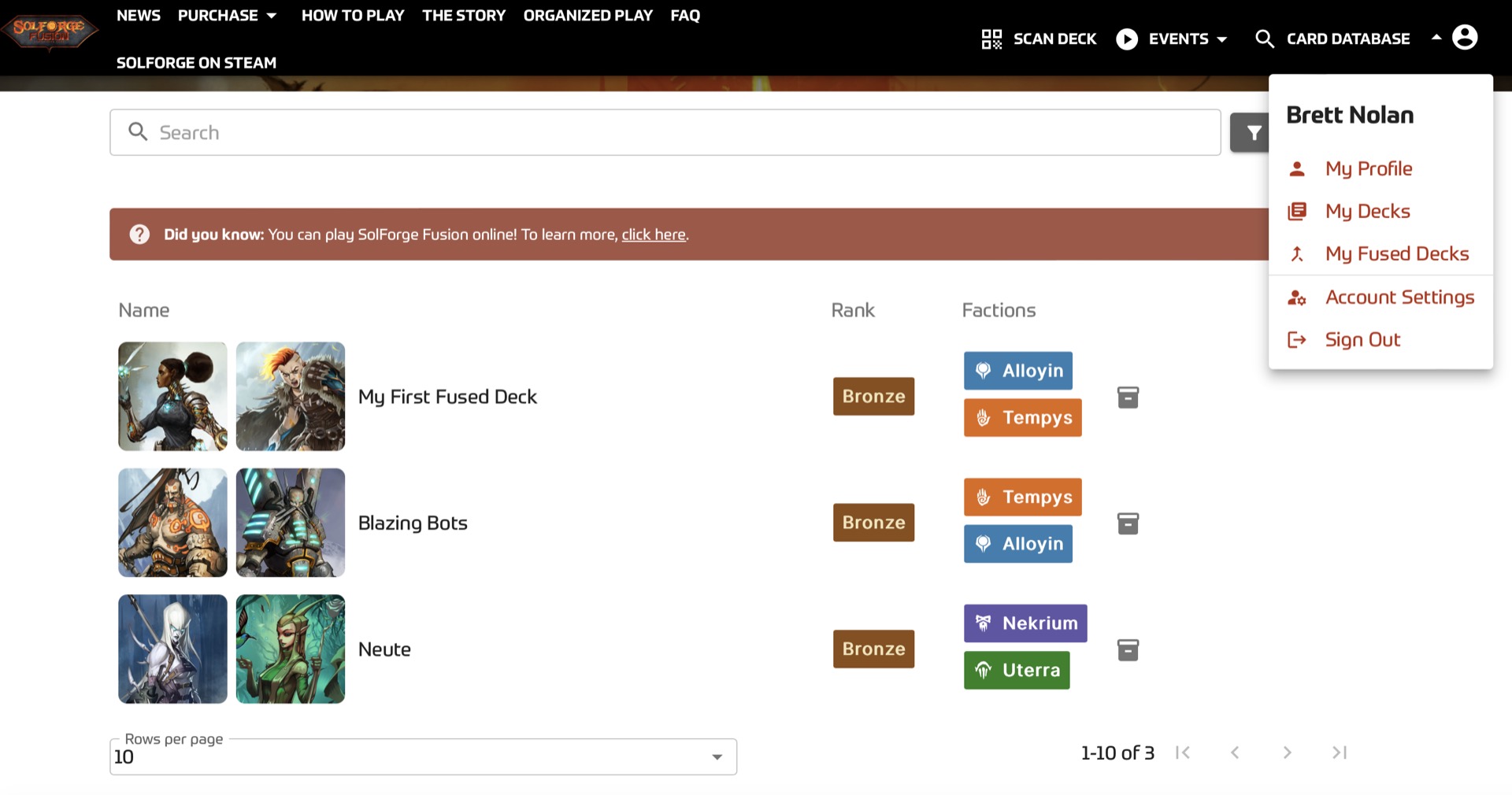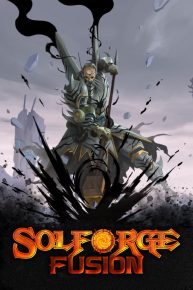
Let’s start with a brief history lesson…
Nine years ago at PAX East, Stone Blade Entertainment’s CEO Justin Gary energetically appeared in front of an equally excited crowd and introduced a brand-new free-to-play digital-only card battler called SolForge. The game’s design team had quite the pedigree, including Magic: The Gathering creator Richard Garfield and Justin Gary himself who previously created Ascension: Deckbuilding Game. Unsurprisingly, SolForge quickly gained a vibrant and loyal fanbase.
In SolForge, players took on the role of a Forgeborn, one of the select few who could wield the magic of the SolForge itself. The cards in each player’s deck represented ferocious creatures and powerful spells. Each turn players attempted to reduce their opponent’s health to 0 by playing their creatures and spells into lanes on their side of the arena.
If no opponent card was in the lane, the damage was dealt directly to the opponent. It wasn’t just its unique strategic lane-based combat that set it apart from a growing genre, another particular aspect of SolForge that captivated players was its leveling-up mechanic, where, as the match progressed, cards in players decks evolved…leveling up and were replaced with more powerful versions of the same card.
It was a brilliant game mechanic, and a darn addictive game that I ABSOLUTELY LOVED; it was a permanent staple on the home screen of my iPad.
Sadly, seemingly due to issues with the original digital development studio and escalating development and server costs, the game eventually shut down, leaving fans clamoring for more.
Finally, a couple of years ago, the entire game of SolForge did a bit of leveling up and SolForge Fusion was born with a new expansion and digital gameplay arriving this year.
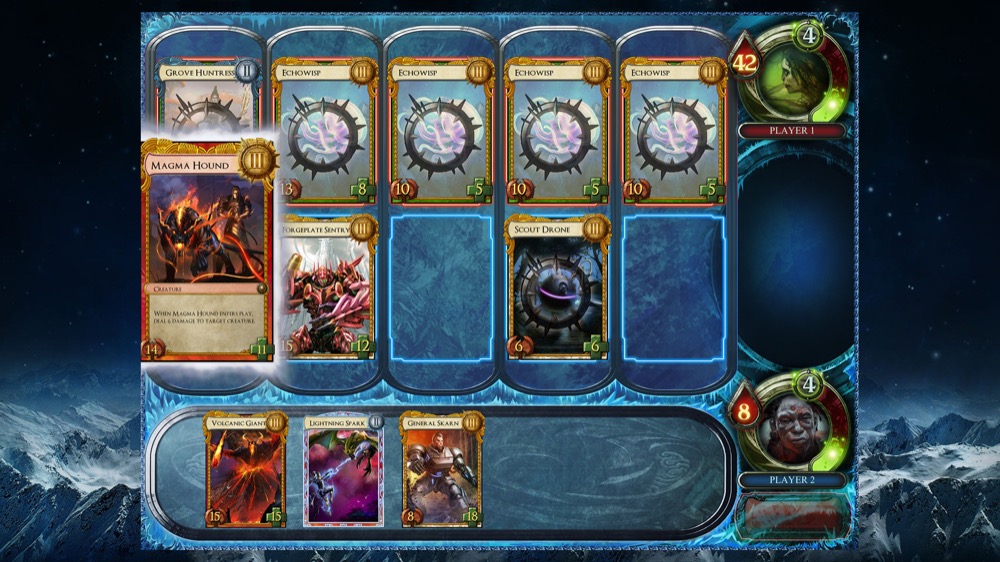

While the spirit and much of the original game remain intact, there are loads of new concepts and refinements that make SolForge Fusion feel like a better, more mature game than the original.
First and foremost, it is no longer a digital-only experience. SolForge Fusion is a hybrid game, meaning that real-world physical decks of cards can be used to play the game on a tabletop, and these exact same decks can then be used to play it digitally as well.
As far as the gameplay goes, players now use unique, pre-built (half) decks and fuse them to form their deck for the match. Each deck contains cards from one of the game’s four different factions (decks must be formed using two different factions). The player then chooses which of the two factions’ Forgeborn they want to play with (each has unique powers that can be triggered). Since the factions each have their own play styles, this merger offers some fun synergies and makes for quite a bit of variety in play. Also, since all decks in SolForge Fusion are unique (more about that in a second) that means that as you purchase more decks it is fun to discover new cards and see how they play off your other decks.
All the decks are unique?
In a similar fashion to Garfield’s previous game KeyForge, decks in SolForge Fusion are algorithmically generated so that no two decks are the same. Each deck comes with a unique QR code you can use to scan and add that deck into your online collection. Decks in your collection can then be used to register for tournaments and other community events or used digitally within the SolForge Fusion app.
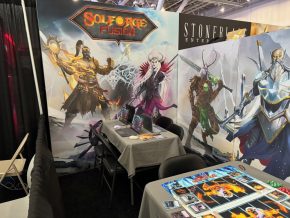
SolForge Fusion was easily my MOST ANTICIPATED, MUST-SEE game of PAX East 2023.
I’ve been playing the beta build of the digital app since PAX East and I’m happy to report that it plays GREAT on the Steam Deck,
It offers players a number of ways to play SolForge Fusion. As you would expect, you can play online matches against other players.
Aren’t quite ready to trade blows with a human? You can always try your hand solo against an AI opponent. In fact, I found this to be a great way to learn the cards of my decks and develop strategies before (still) getting absolutely pummeled by the online players.
Perhaps, one of the most-enjoyable was the super-fun campaign mode, which takes a Slay The Spire-inspired roguelike forking pathway approach where players earn temporary buffs (some absurdly game-breaking) as they they attempt to battle their way toward (and hopefully beat) the end boss. If they lose, they can attempt to reach the boss over and over again from the start, but with each loss, they level up their deck earning permanent buffs that may make their next attempt a little more successful. This mode was a blast to play, since the buffs can dramatically vary gameplay and strategy, I’m looking forward to more bosses being added as the game continues to develop.
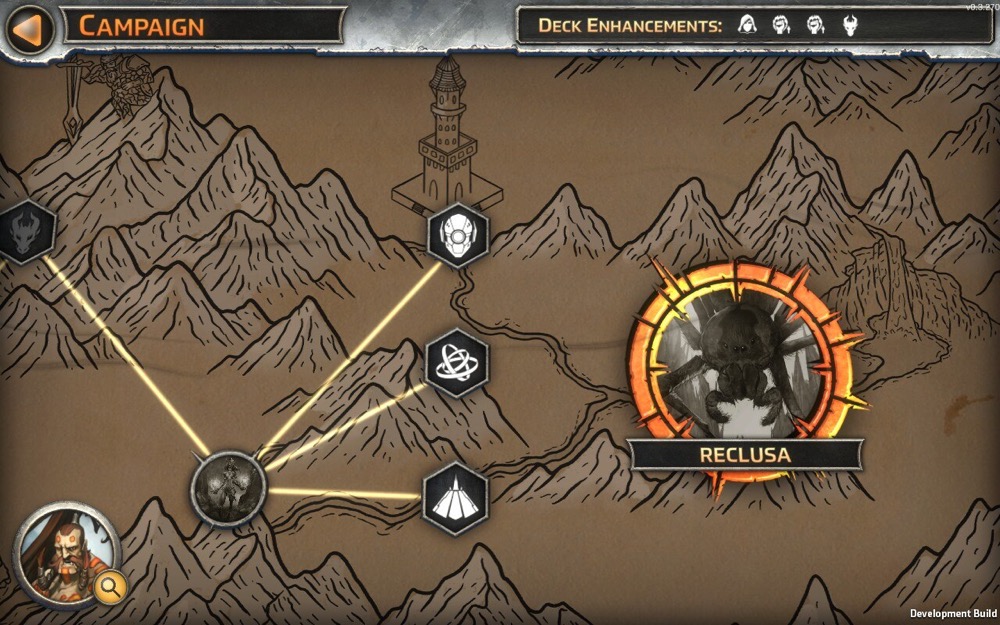

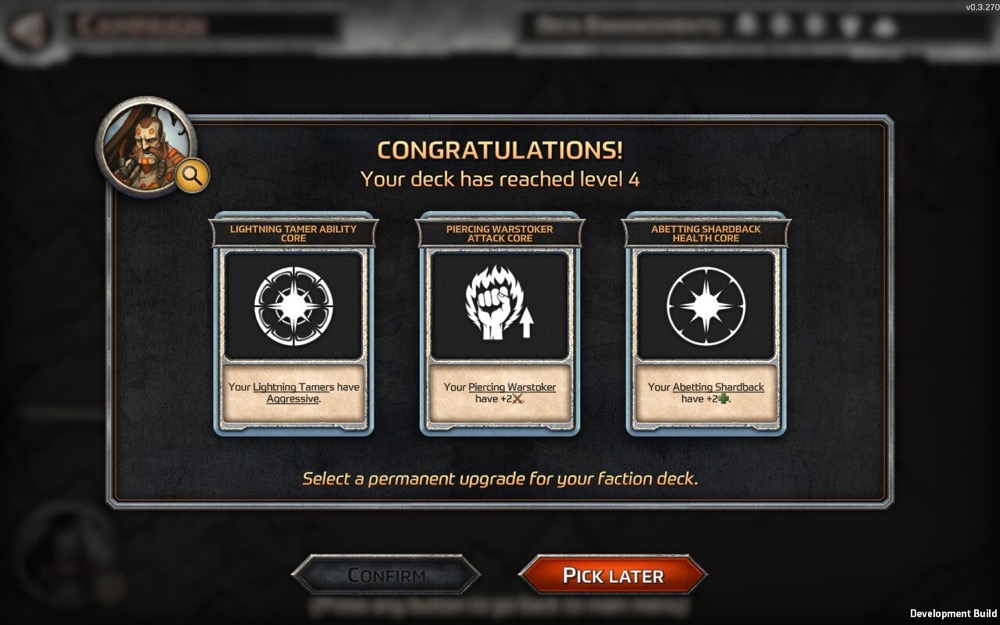
While at PAX East, I had a delightful conversation with Stone Blade Entertainment’s Vice President of Product Design & Development, Chris Schroeck. We discussed the plans for the digital release (which will be coming to Steam Early Access in just a couple of weeks) as well as the challenges that come with creating a hybrid game, especially one with unique one-off decks.
As someone who would almost exclusively be playing the game digitally, I was particularly interested in how “digital” players would purchase new decks. For instance, would I need to go to a Game Store or order a deck from Amazon and then wait for the cards to arrive in order to scan the QR code to play with them digitally? Schroeck said that they are particularly excited about this and have put a lot of thought and research into it. They are very close to having a cost-effective plan in place that would allow players to purchase a deck digitally and then that unique deck would be printed physically and mailed directly to the player for use on the tabletop.
At PAX, I got one of the newly released Battle for Whitefang Pass Booster Kits, which contains a deck from each of the four factions. It was super easy and straight-forward to scan the QR code on each deck and add them to my deck library at SolForge’s website and within seconds they were available for me to play with in-app and online. On the website you can view all of your decks, see your fused decks see all of the cards in the deck, stats on the breakdown of the deck and more. Beware of my Blazing Bots…
The only minor issue I had while playing on the Steam Deck was the small font size. I’m hoping that font scalability options will be added soon to the app, so I don’t need to be constantly zooming into the full-size view of the cards just to read their text. Sure, this should become less of an issue as I learn the cards, but it would be a nice-to-have for my aging eyes (and would speed up my gameplay in online matches).
For all of you mobile gamers…it is also worth noting that Schroeck did say that they are planning to bring SolForge Fusion to mobile devices as well, starting with the iPad (due to the screen real estate) before tackling phones.
SERIOUSLY…why haven’t you downloaded SolForge Fusion yet?!
I HIGHLY RECOMMEND checking out SolForge Fusion…if you were a fan of the original, you are going to love this new version even more, it’s almost like an old friend you haven’t seen since college…you meet up after all these years and you get right back into the old routines, but you are now both even more mature.
All you new players…there is so much to love here, you will certainly want to add SolForge Fusion to your card-battler library.
SolForge Fusion will be coming to Steam Early Access on April 16th.
In the meantime, you download the free demo to check out the first boss of that super-fun Campaign mode I mentioned.
To stay updated on SolForge Fusion, follow Stone Blade Entertainment on Facebook, X (Twitter), Instagram, YouTube, Twitch, and Discord, or visit solforgefusion.com.
